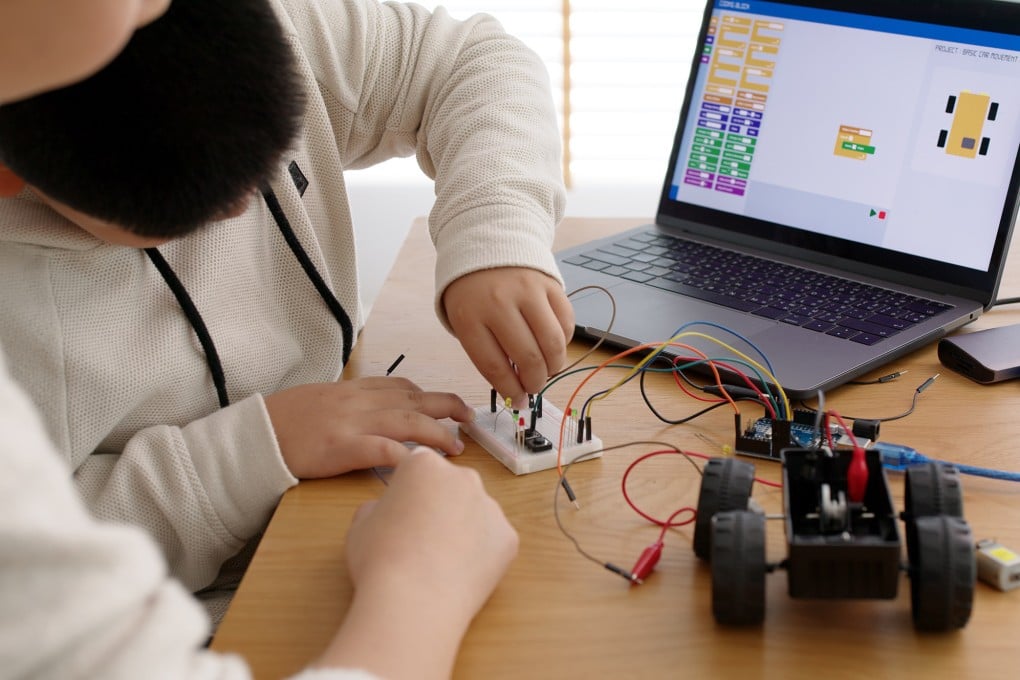Letters | Hong Kong schools should integrate simulations into STEM teaching
- Readers urge the Education Bureau to do more to encourage the use of simulations in the classroom, and suggest politicians stop blaming schools for the city’s problems

Simulations can improve students’ learning outcomes in STEM (science, technology, engineering, mathematics) subjects, helping them visualise abstract scientific concepts and processes. Founded by Professor Carl Wieman, a Nobel Prize and Yidan Prize laureate, the PhET Interactive Simulations project offers simulations on a range of science topics to the global STEM education community free of charge through Creative Commons licences.
Supported by the Hong Kong-based Yidan Prize Foundation, the PhET team is expanding simulation content and access and offers professional development programmes for teachers.
The Education Bureau should issue clear guidelines for local schoolteachers to use PhET simulations in the classroom and provide more training for teachers to join crowdsourcing efforts to further develop PhET learning materials. The pedagogical benefits of computer simulations have been acknowledged in the bureau’s curriculum guidelines on science subjects, which include a reference to simulations in connection with self-directed learning.
However, research indicates that students can benefit from simulations more effectively under a teacher’s guidance. In response to my inquiries, the bureau says various learning and teaching resources, including scientific investigations, practical work, design-and-make activities and self-directed learning activities, have been developed for teachers’ reference. Yet, the use of simulations in local schools was not reviewed in the Inspection Annual Reports, suggesting a lack of data about how teachers actually use simulation tools.
Not only should the bureau monitor more closely how teachers follow its guidelines in using state-of-the-art e-learning technology, including simulation, it should also encourage more teachers to develop course material based on simulations. Since the PhET team welcomes teachers developing and sharing activities by following its approach to guided inquiry, the bureau should invite more teachers to contribute simulation-based activities to the PhET website as well as the EdCity platform. The Committee on Professional Development of Teachers and Principals should offer courses for both pre-service and in-service schoolteachers on adopting simulation tools in STEM classroom teaching.